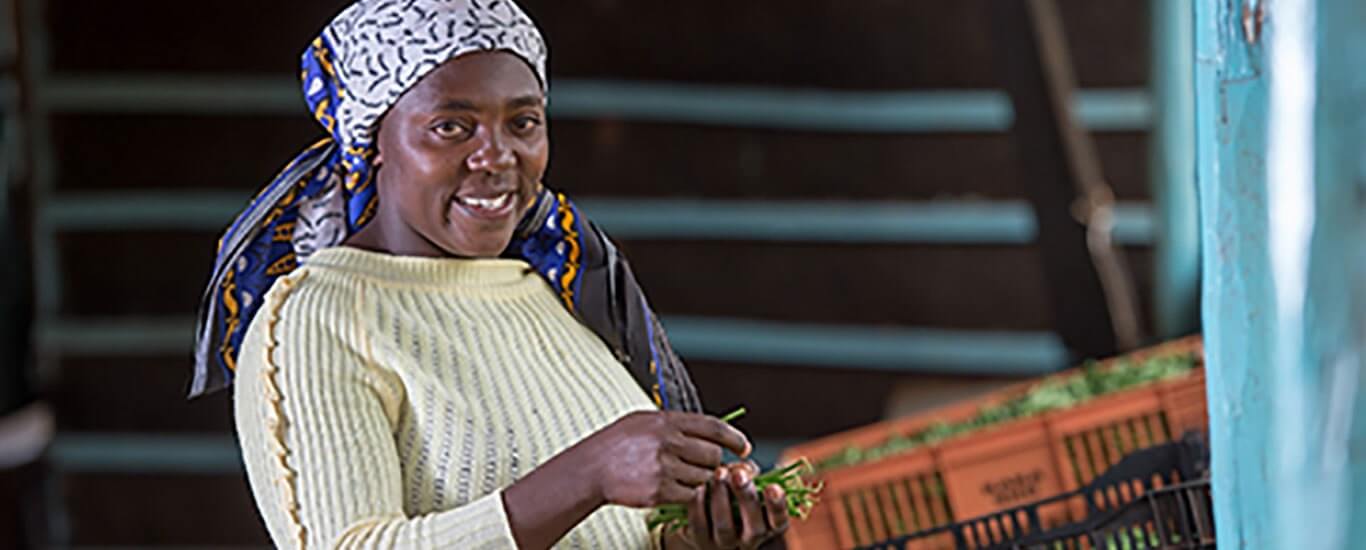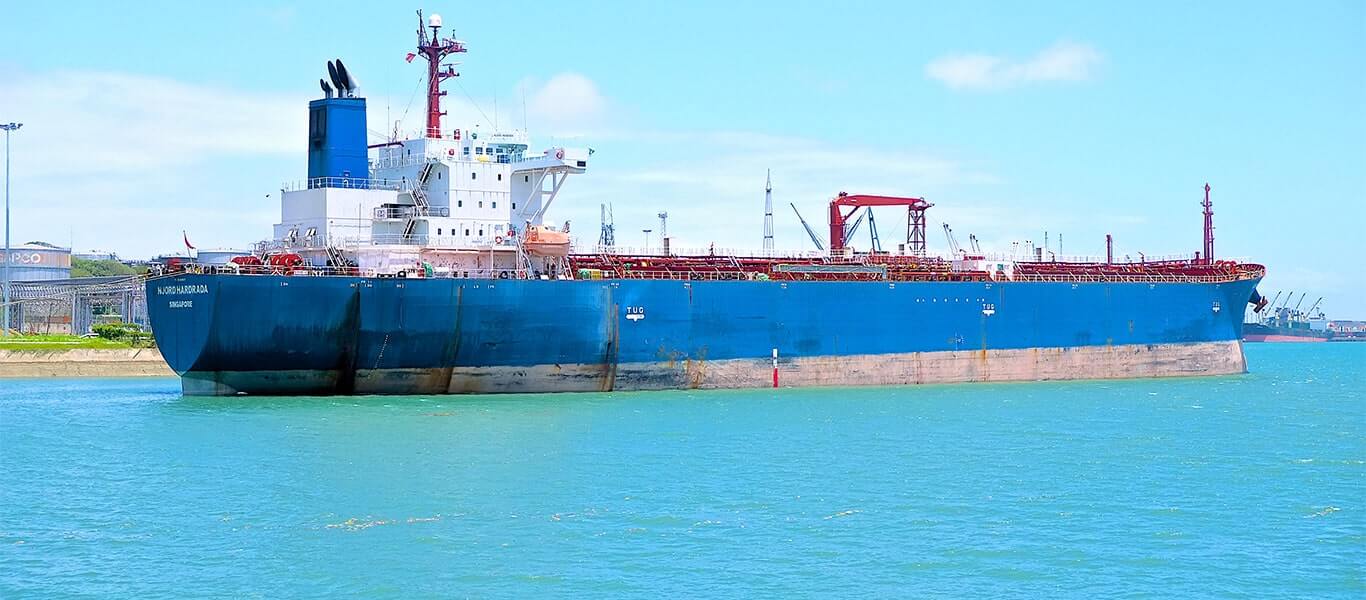The coastal city of Mombasa experiences heavy rains and flooding several times a year. Whenever the rains pound this historic destination, the storm water causes havoc sometimes resulting in loss of human life and destruction of property. Despite the constant flow of the mighty Tana River into the Indian Ocean and the huge volumes of rain water that Mombasa receives annually, the city suffers a major deficit in water supply. The constant flooding and lack of water management systems poses a health hazard as well. Case in point, in May this year an outbreak of Cholera and other water borne diseases followed in the wake of flooding and heavy downpour. Large government institutions have not been spared from constant shortages as, The Kenya Ports Authority (KPA) says it has never had enough water for use by either its workers, clients or general port users. Bernard Kyumbu, a frequent user of the port says many are the times he has been thoroughly embarrassed when he could not access sanitation facilities at the port, because they were locked. “I import cars and there have been times when after spending hours at the port waiting for clearance of containers and when the toilet facilities are shut down we are informed it is due to lack of water.” The Green Port Policy adopted by the port management with the support of TradeMark Africa (TMA) is expected, among other things, to address the issue of water harvesting, recycling, water purification, and sewerage treatment. Under the...
Raising the benchmark on environmental management: Kenya Ports Authority (KPA) seeks water harvesting solutions
Posted on: December 1, 2017
Posted on: December 1, 2017
























